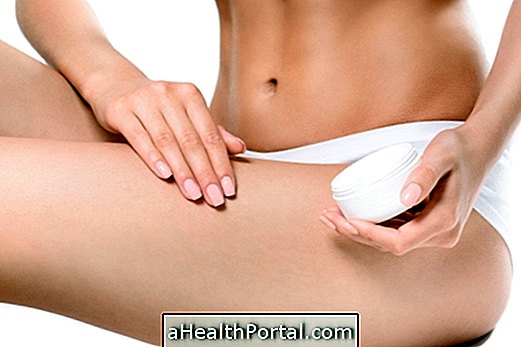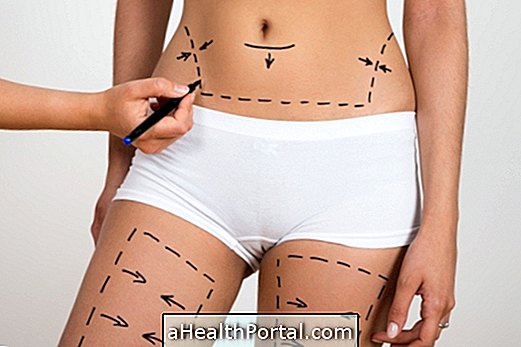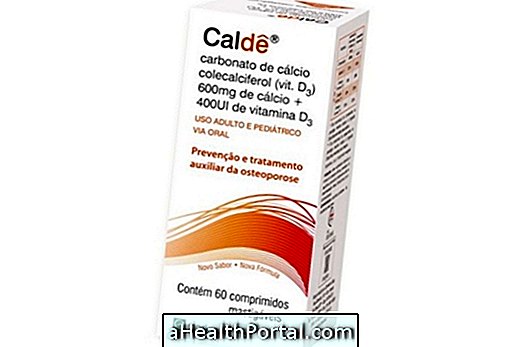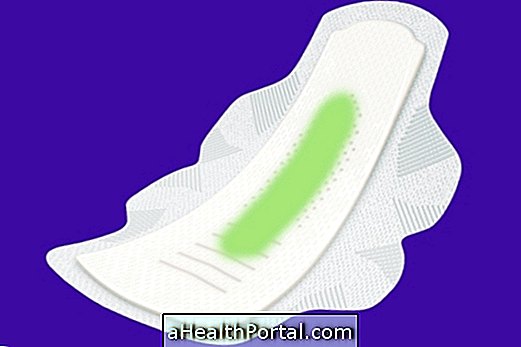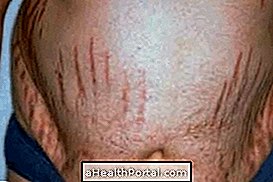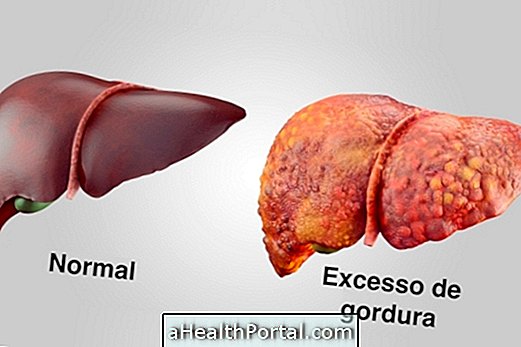A good choice for those who have skin blemishes is to make a peeling, a type of aesthetic treatment that corrects marks, stains, scars and lesions of aging, improving the appearance of the skin. A great solution is the chemical peeling with retinoic acid.
The peeling causes the superficial, middle or deep layer of the skin to fall through the application of products on the skin, resulting in the elimination of dead cells and the appearance of a new, healthier skin, new as a baby, free of blemishes and wrinkles
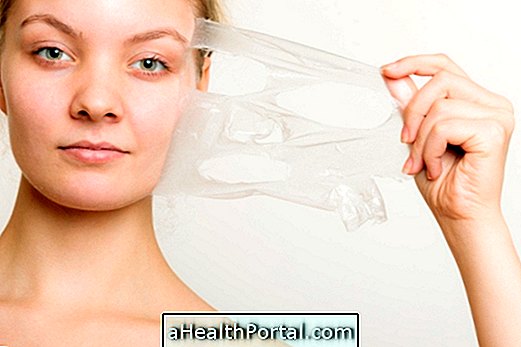
When to peel
Peeling is indicated whenever there is low self-esteem due to wrinkles, scars or blemished skin mainly in regions visible as face and the choice of the type of peeling depends on the evaluation of the skin.
Types of peeling
There are several types of peeling:
- Chemical peeling - based on acids, such as glycolic or retinoic acid for example that leads to exfoliation of the skin layer;
- Physical peeling - with devices that make a microrraspagem of the skin, known by dermoabrasão;
- Laser peeling - in which it occurs it removes the skin with the action of the light energy of the laser.
Any type of peeling brings good results, and the difference between them is in the depth that reaches the skin and the price.

Which is the most indicated chemical peel
The superficial peeling acts in the uppermost layer of the skin, the epidermis, and is indicated for cases of acne, skin aged by the sun, light spots, fine wrinkles, dilated pores and freckles, as well as dull skin.
The average peel has action in the uppermost dermis and has the same indication as the superficial peeling, as well as in case of epidermal lesions and more severe acne. The deep peeling has action in the deepest dermis and is indicated for spots, scars and moderate wrinkles, for example.
How is the chemical peeling performed?
Before performing the procedure it is necessary to make a preparation about 15 to 30 days before using a cream indicated by the dermatologist.
Chemical peeling can be done with products such as retinoic acid, glycolic acid, phenol or salicylic acid, for example, and the product should be kept for 5 to 30 minutes on the skin, which begins to flake, allowing it to fall and the appearance of a new softer, smoother and even.
Care after peeling to recover well
After peeling the skin should be hydrated for a week and apply thermal water, washing the face with neutral soap for about 7 days after the procedure.
In addition, it is necessary to apply sunscreen at least 30 every 4 hours to protect against UVA and UVB radiation and avoid sun exposure and wear makeup during the first week because the skin is sensitive. The use of acids should only be resumed after seven days as the skin will be sensitized.
What are the complications of peeling
Generally, the peeling does not cause complications, however it can occur worsening of the spots or burns, mainly if the care recommended by the dermatologist is not respected.

To avoid complications the peeling should be done preferably in winter, when the sun is cooler.
Where to peel
The peeling should be done in aesthetic clinics by dermatologist and specialized professionals so as to be a safe treatment.
